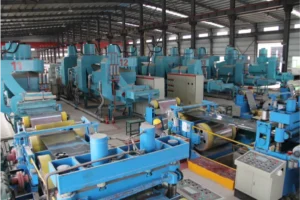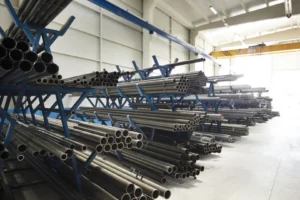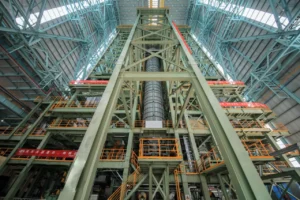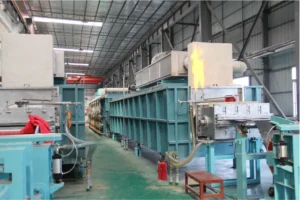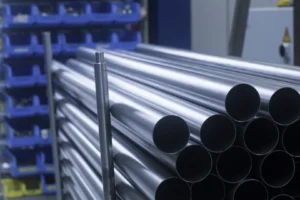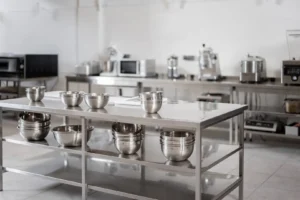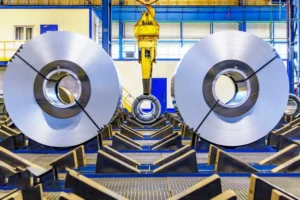The Production of Stainless Steel Coils: A Guide to Key Stages and Quality Control
Sourcing high-quality stainless steel coils can be a challenge. Inconsistent production leads to costly project failures and delays, undermining your operations. Understanding the key production stages is essential.
The production of high-quality stainless steel coils involves a precise, multi-stage process. It begins with careful raw material selection, followed by rolling and annealing, and is governed by rigorous, technology-driven quality control at each step to ensure the final product meets exact specifications.
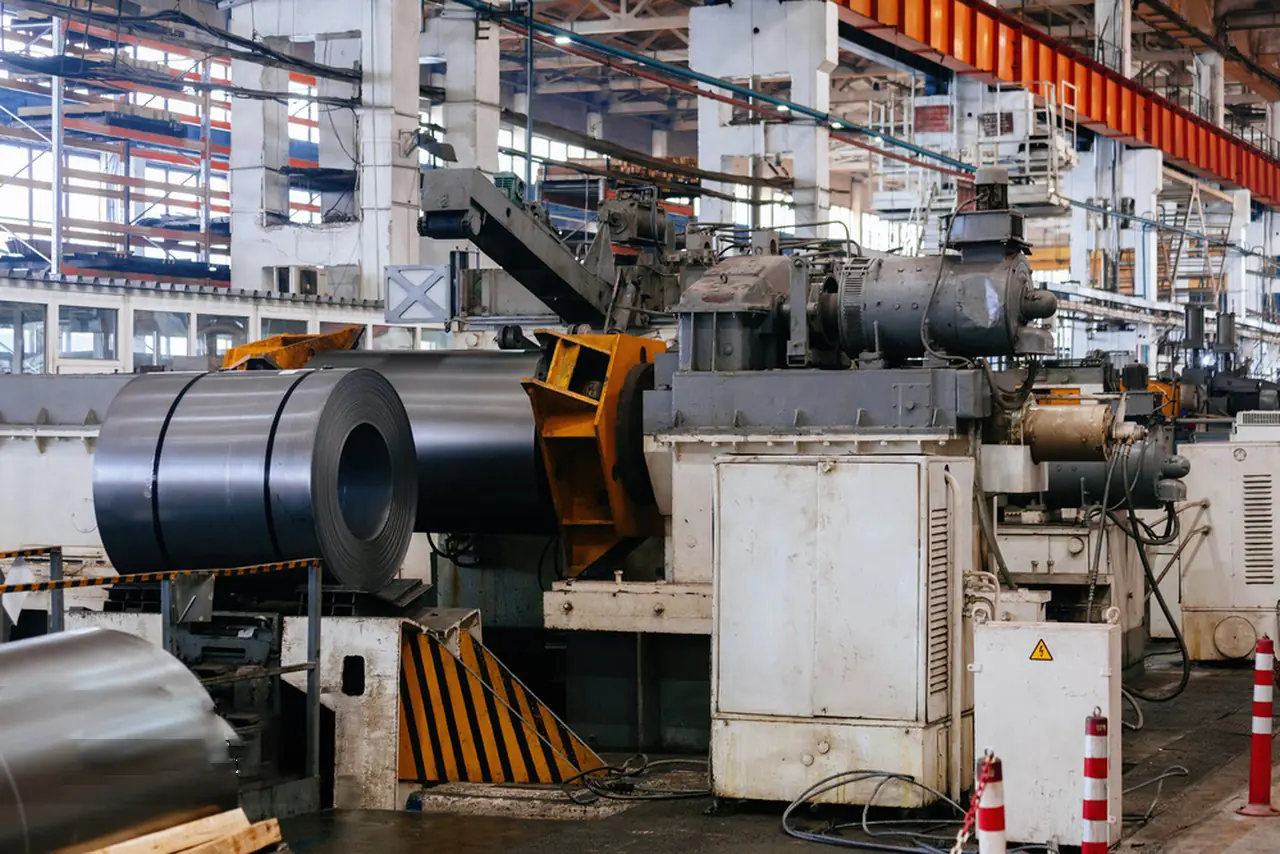
As the Global Business Director at MFY, I've seen firsthand how crucial process integrity is to delivering a product that performs flawlessly. The difference between a reliable coil and a liability comes down to the details. Let's walk through the key stages of production so you can see how consistency and quality are built into every coil we produce, from the initial melt to the final shipment.
Why is Initial Raw Material Selection Crucial for Stainless Steel Coils?
Using poor raw materials can ruin the final product. Even minor impurities can cause widespread defects, leading to structural weakness and performance issues down the line. It all starts here.
Proper raw material selection is foundational because it dictates the coil's final chemical composition, mechanical properties, and corrosion resistance. Using high-purity scrap and precise alloying elements prevents defects and ensures the material meets specific grade requirements from the very start.
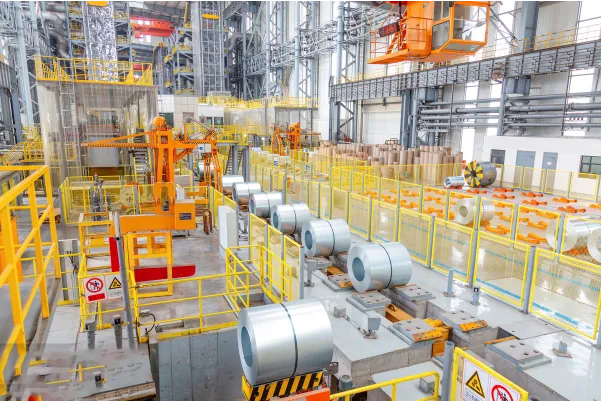
The journey of a stainless steel coil begins in the melt shop. Here, we combine recycled stainless steel scrap with primary elements like iron, chromium, and nickel in an Electric Arc Furnace (EAF)[^1]. The quality of this initial charge is non-negotiable. We meticulously vet our scrap suppliers to ensure purity, because what goes in directly impacts the integrity of what comes out. I remember a case with a client in Germany where a minor deviation in molybdenum content, missed by their previous supplier, led to premature corrosion in a marine application. This experience reinforced why we at MFY are so obsessive about this first step. It’s not just about melting metal; it's about precision chemistry.
The Chemistry of Consistency
The magic happens when we introduce specific alloying elements to achieve the desired grade. The exact percentages of chromium, nickel, molybdenum, and other elements determine the steel's properties—from the corrosion resistance of grade 316 to the versatility of grade 304. At MFY, we use advanced spectrometry[^2] to analyze the molten metal in real-time. This digital feedback loop allows our metallurgists to make micro-adjustments, ensuring the chemical composition is perfect before the steel is cast into slabs. This is the first, and perhaps most critical, quality control gate in the entire process.
| Element | Grade 304 (Typical %) | Grade 316 (Typical %) |
|---|---|---|
| Chromium (Cr) | 18.0 - 20.0 | 16.0 - 18.0 |
| Nickel (Ni) | 8.0 - 10.5 | 10.0 - 14.0 |
| Molybdenum (Mo) | - | 2.0 - 3.0 |
| Carbon (C) | ≤ 0.08 | ≤ 0.08 |
What Role Does the Cold Rolling Process Play in Stainless Steel Coil Production?
After hot rolling, the steel is often too thick and has a rough surface. This limits its use in applications that demand precision and a clean aesthetic. This is where cold rolling comes in.
The cold rolling process is essential for reducing the thickness of the stainless steel coil to precise dimensions, hardening the material, and creating a smooth, uniform surface finish. This step is critical for applications requiring tight tolerances and aesthetic appeal.
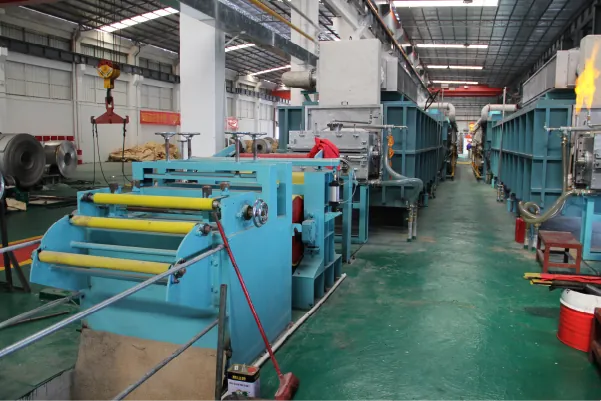
Once the hot-rolled coil has cooled, we move to the cold rolling mill. This process is exactly what it sounds like: we pass the steel through a series of rollers at room temperature. This isn't just about making the steel thinner; it's about transforming its fundamental properties. Each pass through the rollers compresses the steel's grain structure, a phenomenon known as work hardening[^3], which significantly increases its strength and hardness. At the same time, the immense pressure creates a much smoother and more reflective surface finish, like the common 2B finish that many of our clients in the appliance and architectural sectors require. This stage is a perfect example of how mechanical processes are guided by digital precision.
Precision in Every Pass
In modern production, cold rolling is far from a brute-force operation. Our mills are equipped with an array of sensors that monitor the coil's thickness, width, and flatness in real-time. This data is fed back to the control system, which uses machine learning algorithms[^4] to make instantaneous adjustments to roller pressure and tension. This ensures uniformity across the entire length of the coil, something that was impossible to achieve just a decade ago. This strategic integration of technology allows us to deliver coils with incredibly tight tolerances, minimizing waste for our customers and ensuring every meter of steel performs exactly as expected.
| Property | Hot Rolled | Cold Rolled |
|---|---|---|
| Thickness | Thicker (>1.5mm) | Thinner (<3.0mm) |
| Tolerance | Looser | Tighter |
| Surface Finish | Rough, Scaly | Smooth, Reflective |
| Strength | Lower | Higher (Work Hardened) |
How Does Annealing Enhance the Properties of Stainless Steel Coils?
The cold rolling process makes steel strong, but it also makes it brittle. This internal stress can cause the material to crack during fabrication, like bending or deep drawing.
Annealing is a heat treatment process that softens the stainless steel after cold rolling, relieving internal stresses and restoring its ductility. This makes the material easier to form, bend, and weld without cracking, ensuring its usability in complex manufacturing processes.
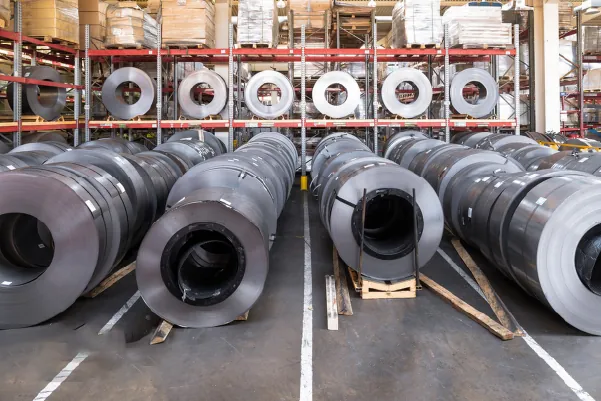
After cold rolling, the steel is in a state of high stress. To make it useful for manufacturing, we must restore its formability. This is achieved through annealing. The process involves heating the coil to a precise temperature—often over 1000°C—and holding it there long enough for the steel's internal grain structure to recrystallize. This action effectively "resets" the material, relieving the stresses induced by cold rolling and restoring its ductility. After heating, the coil is cooled under controlled conditions to lock in these new properties. This is often followed by a pickling process[^5], which uses an acid bath to remove any oxide scale that formed during heating, resulting in a clean, uniform surface.
Balancing Strength and Formability
The annealing process is a delicate balancing act. If the temperature is too low or the time too short, the steel remains brittle. If it's too high or too long, the grains can grow too large, weakening the material. This is why our annealing lines are fully automated. Advanced sensors monitor the temperature along the entire length of the furnace, and the line speed is automatically adjusted to ensure every part of the coil receives the exact heat treatment required for its specific grade and thickness. The data collected from this process allows us to continuously optimize our parameters, ensuring we strike the perfect balance between strength and formability for our clients' diverse applications, from kitchen sinks to automotive exhaust components.
How Are Quality Control Measures Implemented During Stainless Steel Coil Production?
Defects can easily hide within a massive coil of steel. A single, undiscovered flaw can compromise an entire production run for our clients, leading to costly waste and downtime.
Quality control is implemented through a series of in-process inspections and tests at every single stage. This includes chemical analysis of the melt, real-time thickness gauging during rolling, and advanced surface inspection systems to detect any imperfections before the coil is finished.
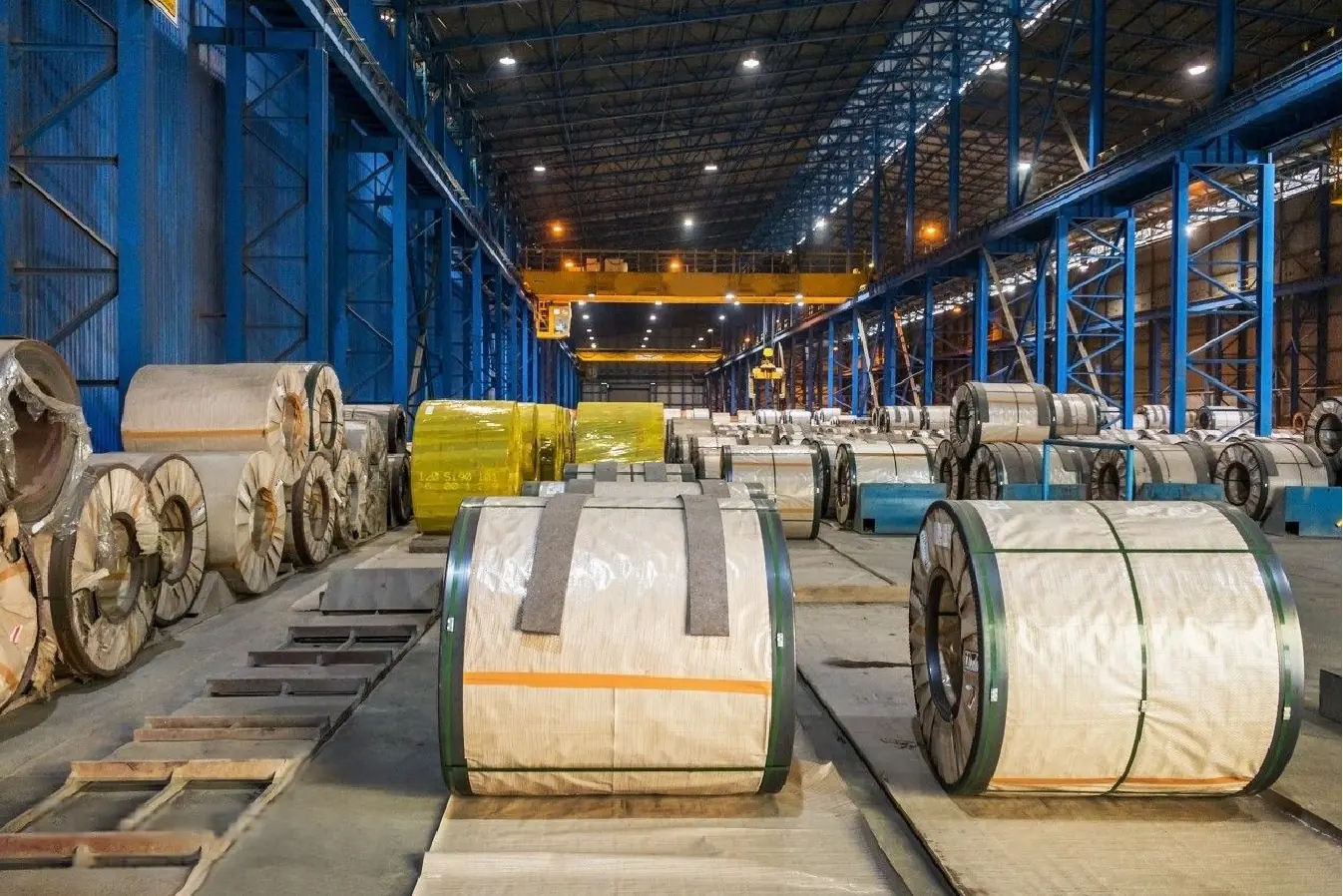
In the stainless steel industry, quality isn't just inspected at the end; it's built in throughout the entire process. At MFY, we have moved far beyond simple manual spot-checks. We see quality assurance as a continuous, data-driven discipline. This begins with the spectrometric analysis in the melt shop and continues with laser and X-ray gauges that constantly measure the coil's profile during both hot and cold rolling. However, the most significant evolution in quality control has been in surface inspection. This is where the integration of digital technology becomes a true strategic advantage, ensuring the product integrity that our partners in high-stakes industries rely on.
The Digital Transformation of Quality Assurance
We have heavily invested in Automated Optical Inspection (AOI) systems[^6]. These are high-speed camera systems, powered by AI, that scan 100% of the coil's surface as it moves down the line. They can detect microscopic defects like pinholes, scratches, or roller marks that are invisible to the human eye. I recently reviewed a report from one of our lines where the AI system caught a faint, intermittent roller mark. Our best human inspectors would have missed it. By flagging the issue immediately, we were able to trace it back to a bearing that was just beginning to fail, saving a major automotive client from receiving material that could have caused issues in their stamping process. This is the future: using real-time data analytics and machine learning not just to find defects, but to predict and prevent them.
What Happens During the Final Inspection and Packaging of Stainless Steel Coils?
The coil is produced, but our job isn't finished. All the precision and hard work can be undone if the product is damaged during shipping or handling.
Final inspection involves verifying the coil’s dimensions, surface finish, and mechanical properties against the customer's order. It is then carefully packaged with protective materials to prevent moisture, corrosion, and physical damage during shipping, ensuring it arrives in perfect condition.
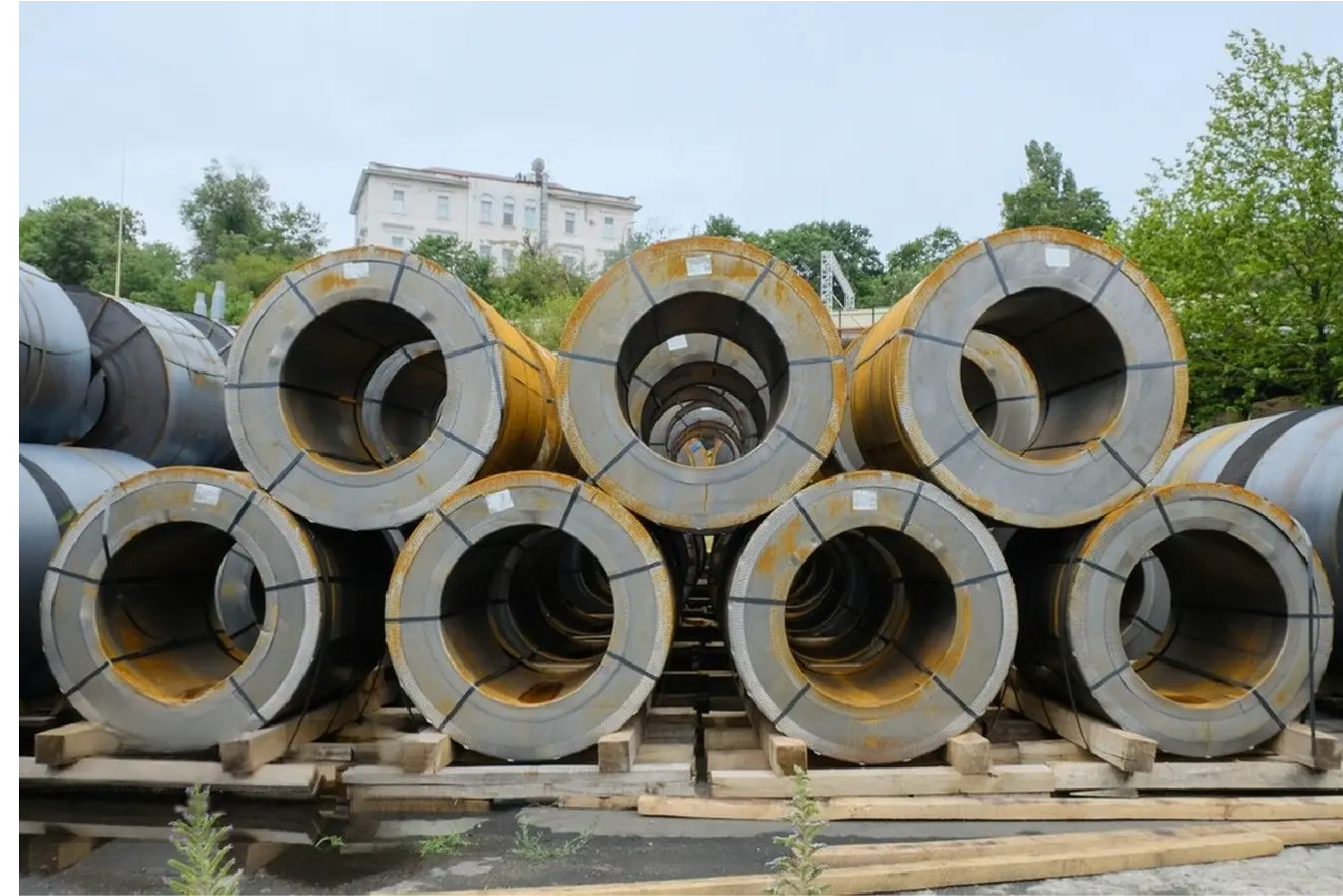
Before any coil leaves our facility, it undergoes a final, comprehensive inspection. We take physical samples from the coil and perform a battery of tests in our lab to verify its mechanical properties, including tensile strength, hardness, and elongation. These results are checked against the customer's specifications and international standards to guarantee compliance. Our quality team also performs a final visual inspection to confirm the surface finish is flawless. Every coil is weighed and measured one last time to ensure the dimensions are exact. Only after passing this final quality gate is a coil cleared for packaging and shipment. This final step is our promise to the customer that what they ordered is exactly what they will receive.
Protecting the Final Product
Packaging is a critical, and often overlooked, part of the quality process. A stainless steel coil is a high-value product, and protecting it during transit is paramount. Our standard procedure involves multiple layers of protection. We start with interleaving paper to prevent scratching between the wraps of the coil. Then, we apply VCI (Vapor Corrosion Inhibitor) paper, which releases a harmless vapor that actively prevents rust from forming. The entire coil is then wrapped in waterproof material and secured with steel bands. Finally, it's placed on custom-built wooden or steel pallets designed for safe handling. Our commitment to quality doesn't end when the coil is made; it ends when our client successfully uses it in their application.
Conclusion
The production of high-quality stainless steel coils is a precise, technology-driven process. From raw materials to final packaging, rigorous quality control at every stage is not just a goal—it's the only way to guarantee the performance, consistency, and resilience our global partners depend on.
Have Questions or Need More Information?
Get in touch with us for personalized assistance and expert advice.


